The material of this recording is thread. While the existence of strings in all musical instruments around the world cannot be denied, there is a significant difference between Eastern and Western string instruments, which is the material of the strings. In the West, strings are often made of metal, whereas in the East, most strings are made of thread, with silk being used in Korea. Traditional Korean instruments that utilize thread include the Gayageum, played by hand, and the Ajaeng or Haegeum, which are played with a bow.
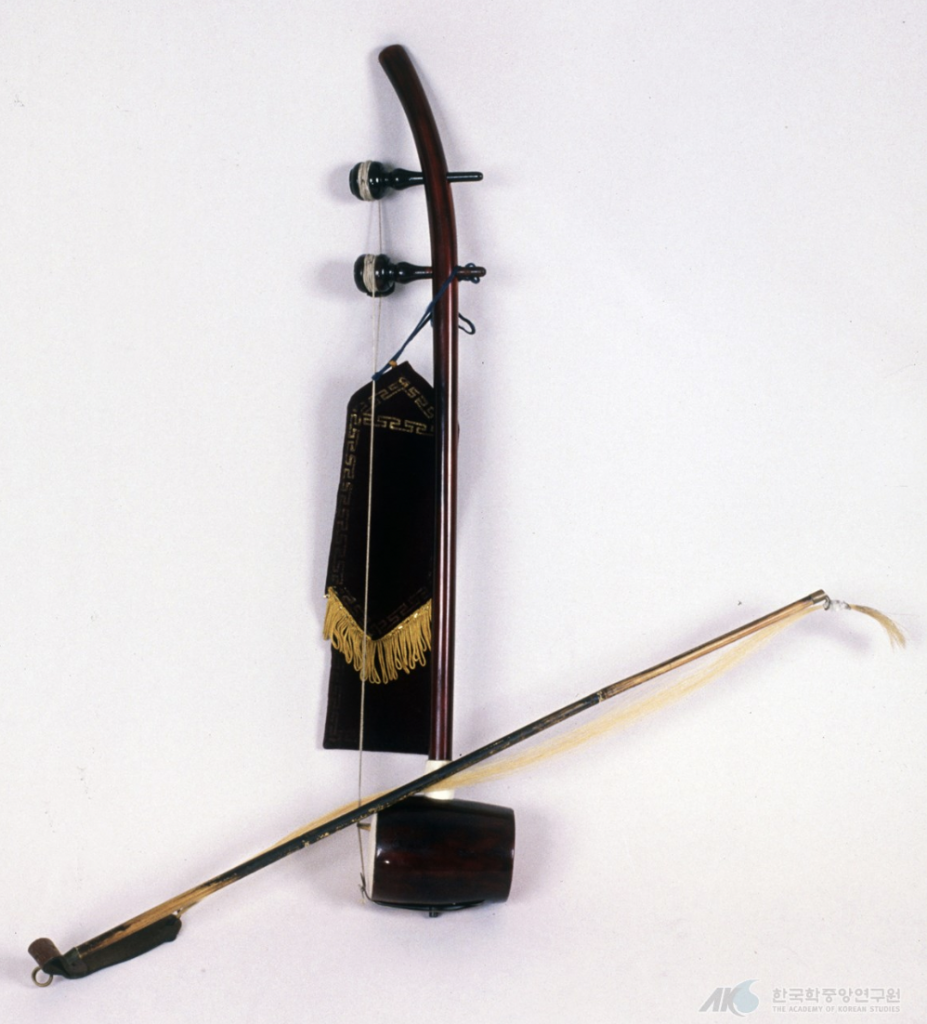
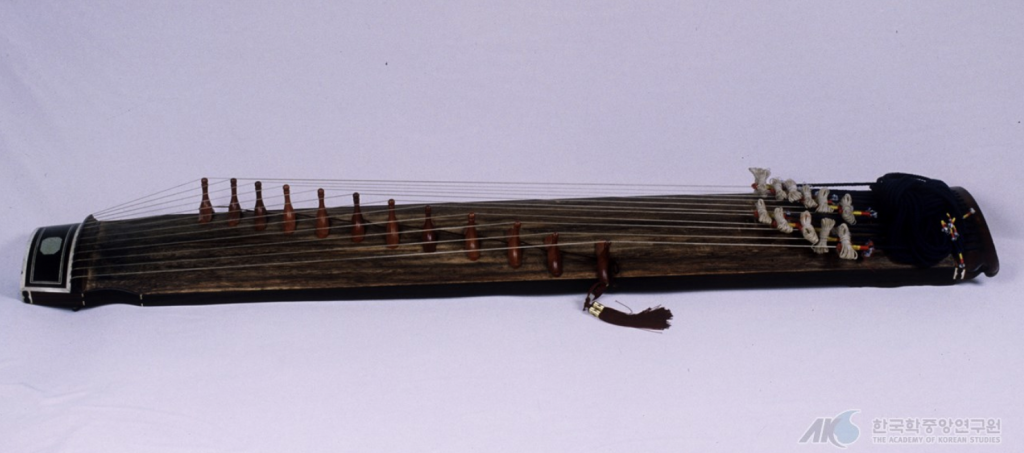
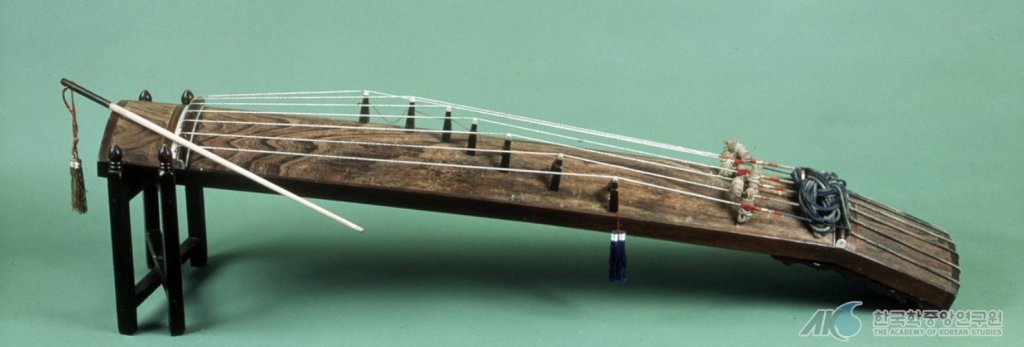
Although it is difficult to make various sounds with thread, I thought it would be a good material to get a resonant sound when tensioned and flicked. Therefore I tied one side of the thread to the desk leg and fixed it, then held the other side of the thread with one hand, tensioned it, and flicked it with the other hand. In fact, at first, when I flicked the thread, the vibration was transmitted to the desk leg and created unwanted noise, so to prevent this, I added a layer of leather, which I had used for leather recording, to minimise the vibration to the desk leg.
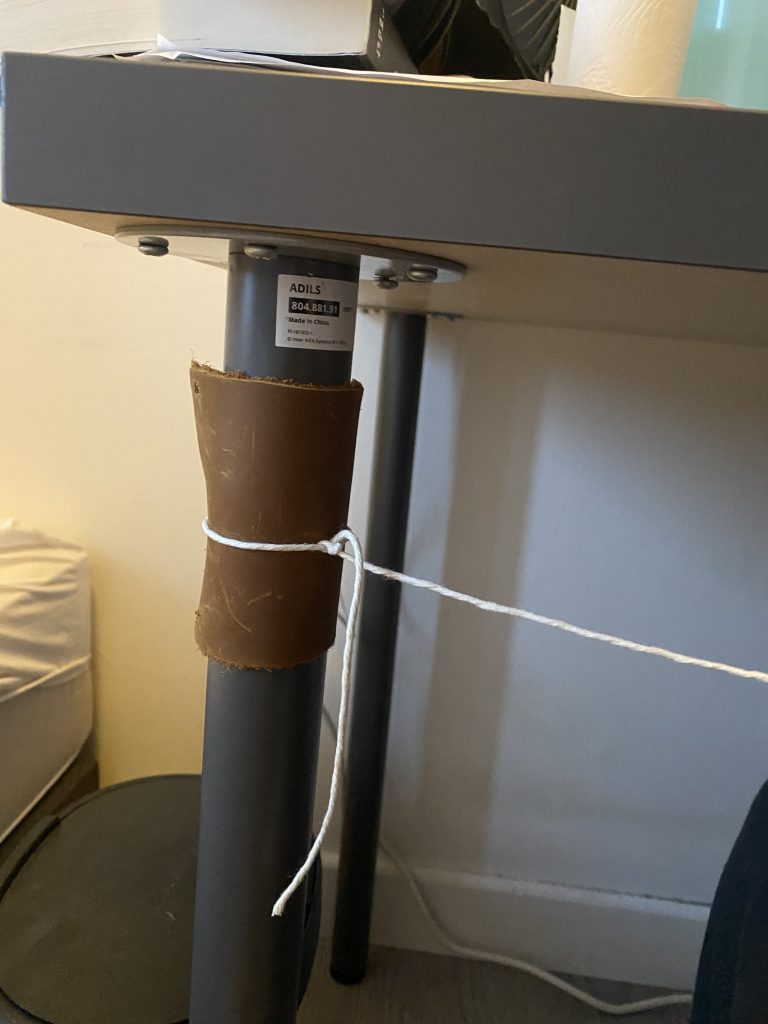
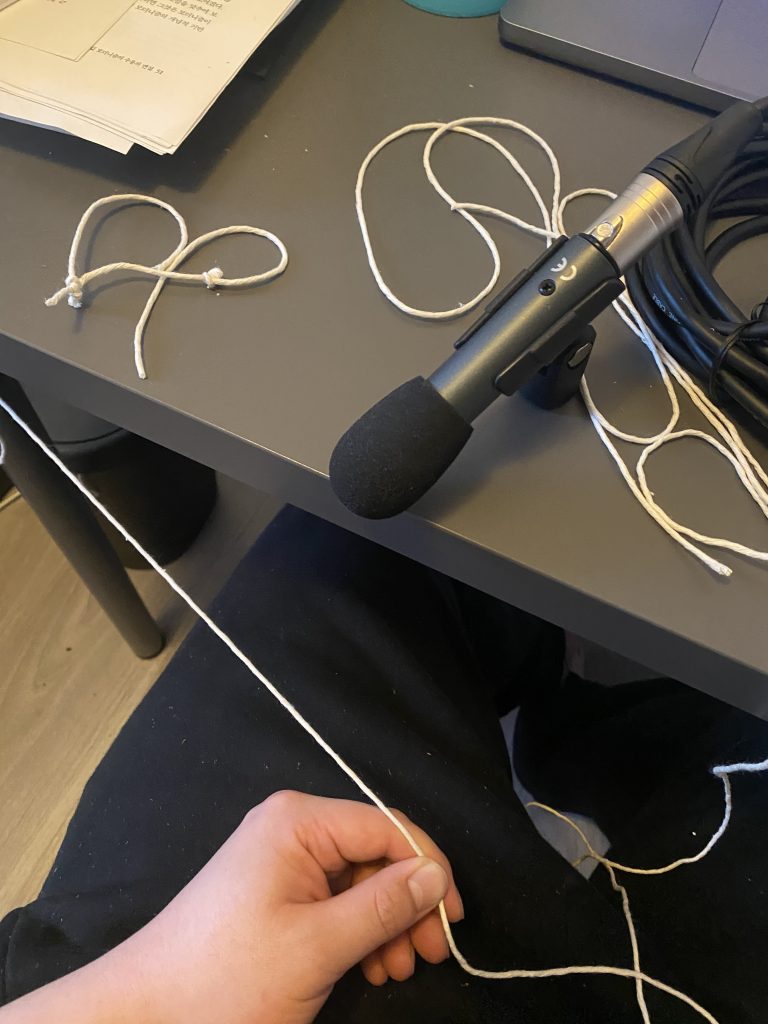
The recordings were made in a wide range of frequencies and this is because when I manipulated the sound with threads in post-production, the quality of the sound itself would decrease if the sound was manipulated to deviate from the original sound range. Additionally, by varying the length of the thread, not only does the pitch change, but the form of resonance also alters, allowing for diverse uses.